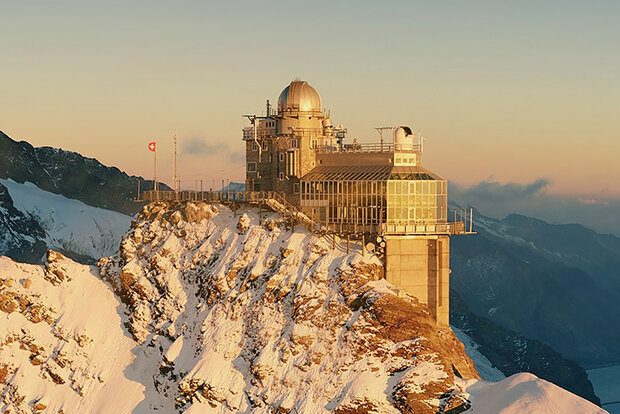A class of ozone-depleting chemicals is declining, thanks to the Montreal Protocol

Switzerland’s Sphinx Observatory collects weather as well as astronomical observations. Credit: NOAA

Switzerland’s Sphinx Observatory collects weather as well as astronomical observations. Credit: NOAA
New research by a team including current and former NOAA-affiliated scientists has shown that atmospheric concentrations of a class of ozone-depleting chemicals used as refrigerants, foam blowing agents and solvents peaked in 2021 and are now beginning to decline as nations comply with restrictions called for by the Montreal Protocol.
The research, led by a scientist at the University of Bristol in England and published in Nature Climate Change, focused on a class of industrial chemicals called hydrochlorofluorocarbons (HCFCs). HCFCs were created as first-generation alternatives to more-damaging chlorofluorocarbons, or CFCs, which were responsible for creating the springtime hole in the ozone layer above Antarctica. HCFCs also deplete ozone and trap heat in the atmosphere, but to a lesser degree than the CFCs they replace.
Lead author Luke Western, Marie Curie Research Fellow at Bristol University’s School of Chemistry, said the results underscore the value of establishing and following international agreements like the Montreal Protocol on Substances that Deplete the Ozone Layer.